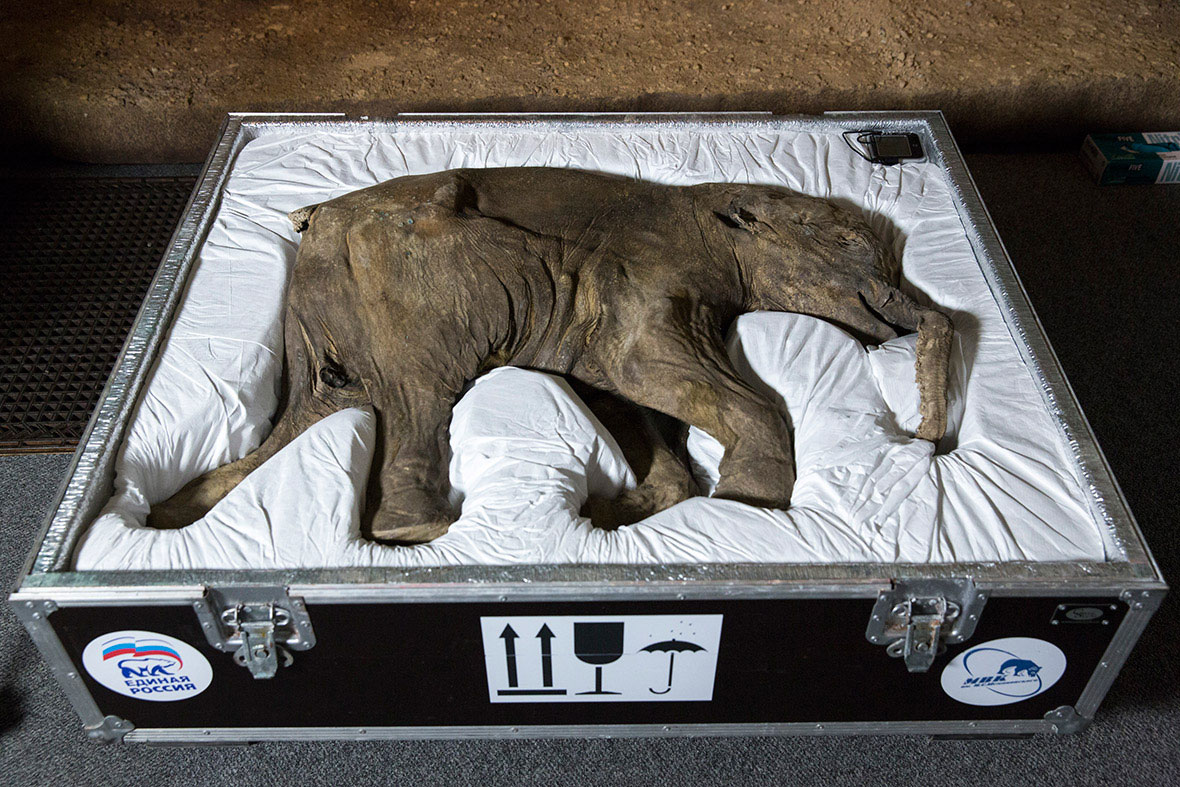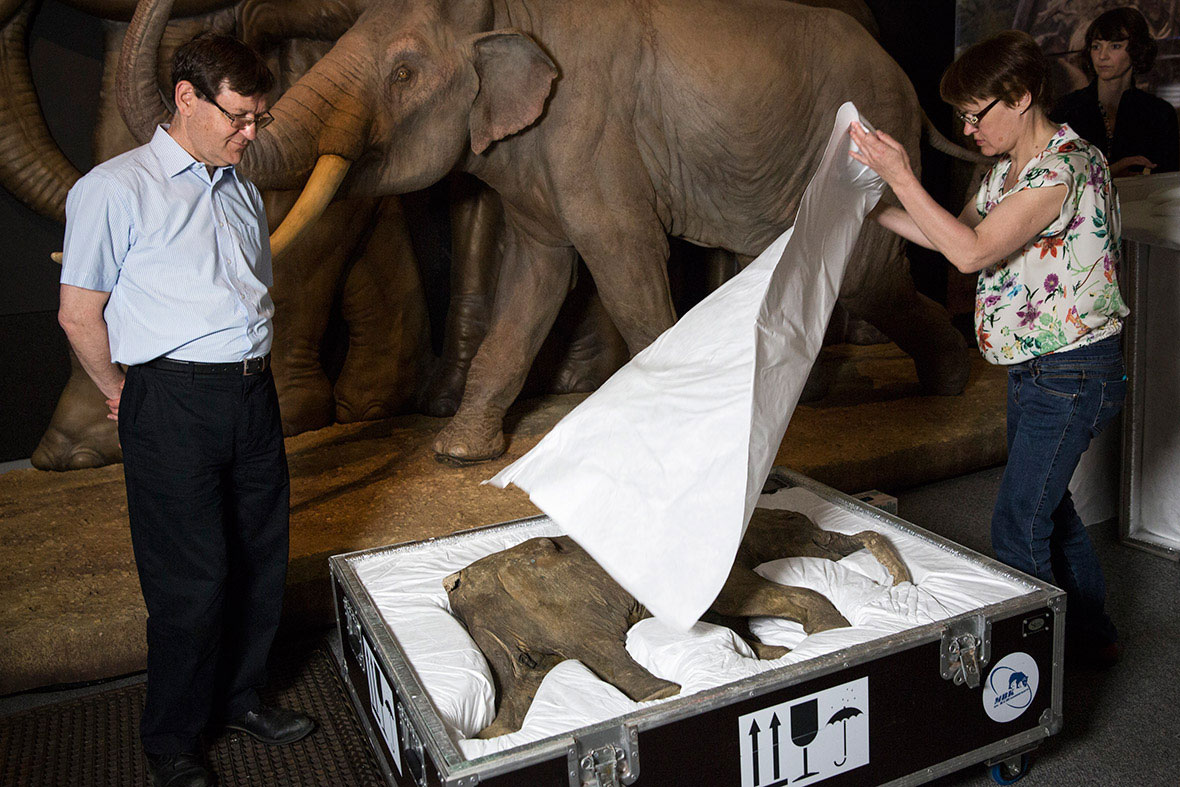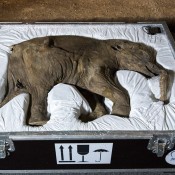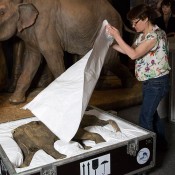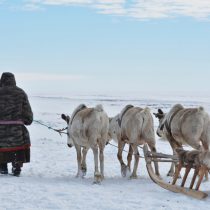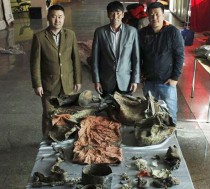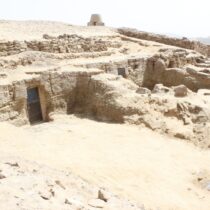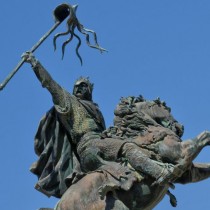On the grassy plains of Siberia 42,000 years ago, a baby woolly mammoth fell into a sticky mud hole and choked to death, leaving her mother to grieve for her…
Discovered 2007 in Siberia by reindeer herder Yuri Khudi and his sons, Lyuba, the most complete woolly mammoth ever found, has arrived at the Natural History Museum of London in a packing case and will go on show this week at the museum’s exhibition “Mammoths: Ice Age Giants” (23 May – 7 September, 2014).
The museum’s mammoth expert Professor Adrian Lister said nothing could have prepared him for the “incredible experience” of seeing Lyuba in the flesh. As the lid of the case was opened, Prof. Lister exclaimed: “She’s beautiful.”
“It was an emotional experience to be face-to-face with a baby mammoth from the Ice Age,” he said. “I’m so thrilled that our visitors will be able to experience that, too,” he added.
Lyuba, named after the wife of the reindeer herder, is on loan from the Shemanovsky Museum in the Arctic Circle.
Lyuba, meaning love in Russian, is the size of a large dog (85cm tall and 130cm long) and was probably only one month old when she died. Her body is so well preserved because she was buried in wet clay and mud and then froze. Remnants of her mother’s milk is still in her stomach.
